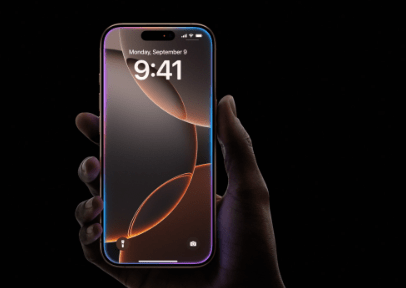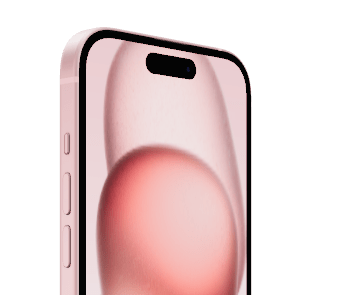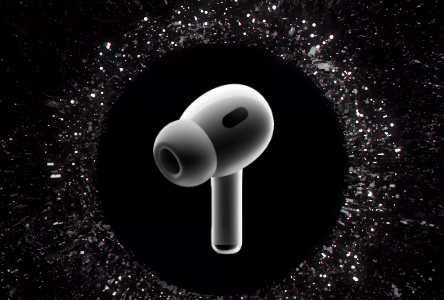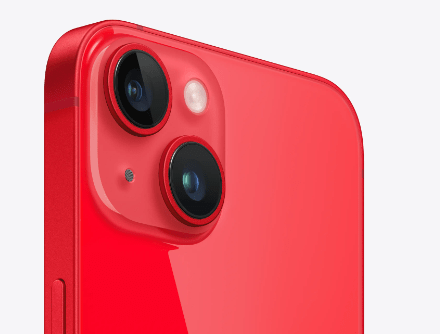iPhone 15 vs iPhone 15 Pro: A Detailed Point-by-Point Breakdown
The iPhone 15 and iPhone 15 Pro bring cutting-edge technology to the forefront, offering distinct features to cater to different users. While both models share the same core Apple design language, the iPhone 15 Pro sets itself apart with a titanium build, A17 Pro chip, and advanced camera capabilities. In contrast, the iPhone 15 delivers excellent performance for everyday use, all at a more affordable price point. Whether you’re looking for professional-grade features or top-tier functionality at a lower cost, this side-by-side comparison of the iPhone 15 and iPhone 15 Pro will help you decide which is best for you.

-
Design and Build Quality
- The standard model is crafted with aerospace-grade aluminum for lightweight durability.
- The iPhone 15 Pro variant uses aerospace-grade titanium, offering increased strength and reduced weight.
- The base model features a glossy glass back with a polished finish.
- The Pro version has a matte textured glass back for a more premium feel.
- The Pro’s design includes thinner bezels, providing a more immersive display experience.
- Both devices have Ceramic Shield on the front for improved drop protection.
- The base model is available in five vibrant colors: Pink, Blue, Yellow, Green, and Black.
- The Pro is offered in exclusive finishes like Natural, Blue, White, and Black Titanium.
- The regular version is 7.8mm thick, slightly bulkier than the Pro model.
- The iPhone 15 Pro is slimmer, measuring 7.6mm.
- Thanks to the titanium frame, the Pro is lighter
-
Display
- Both models feature a 6.1-inch Super Retina XDR OLED display.
- The standard model has a 60Hz refresh rate, while the Pro includes ProMotion technology with a 120Hz refresh rate for smoother scrolling and gaming.
- The iPhone 15 Pro version supports an Always-On Display for quick glances at notifications and time.
- Only the higher-end version includes Dynamic Island for adaptive display interactions.
- Peak brightness reaches 2000 nits on both models, ensuring bright outdoor viewing.
- Both models support HDR10 and Dolby Vision for stunning video quality.
- The Pro’s display includes ProMotion, making it ideal for fast-paced gaming and video editing.
- In contrast, the base model lacks ProMotion but is suitable for casual use.
-
Camera System
- The standard version comes with a dual camera setup—12MP wide and ultra-wide lenses.
- The Pro model upgrades to a triple camera system with a 48MP wide, 12MP ultra-wide, and a telephoto lens.
- The iPhone 15 Pro offers 3x optical zoom, while the base model has up to 5x digital zoom.
- The Pro includes a LiDAR scanner for enhanced AR experiences and better low-light photography.
- The regular version supports Night Mode but lacks the depth and detail provided by the LiDAR scanner.
- Macro photography is exclusive to the Pro model, allowing extreme close-ups.
- Both models support Night Mode, though the Pro’s LiDAR scanner enhances it further.
- The front camera on both models is a 12MP sensor with improved image processing thanks to the Photonic Engine.
- The iPhone 15 Pro enables 4K video recording at 30fps in ProRes, while the standard model sticks with 4K at 60fps.
- Only the Pro supports 8K video recording.
- Cinematic Mode is available on both devices, with the Pro offering enhanced capabilities.
- The Pro features ProRAW and ProRes video recording options, while the standard version lacks these advanced formats.
-
Performance and Processor
- The regular version is powered by the A16 Bionic chip, delivering strong performance and efficiency.
- The iPhone 15 Pro boasts Apple’s new A17 Pro chip, designed for maximum speed and power.
- The Pro’s chip includes enhanced GPU performance, making it ideal for high-end gaming and video editing.
- Both devices are equipped with a 16-core Neural Engine, but the Pro’s engine offers more advanced machine learning capabilities.
- The A17 chip in the Pro enables ray tracing, enhancing graphics in gaming, something the regular model lacks.
- While both models run iOS 17 smoothly, the Pro is better optimized for future updates and more demanding apps.
- The base model is suited for everyday tasks and casual gaming, while the Pro is built for intensive multitasking, creative work, and more complex apps.

-
Battery Life and Charging
- Both devices feature all-day battery life, with the Pro offering slightly more longevity.
- The standard version provides up to 20 hours of video playback, while the Pro lasts up to 23 hours.
- Both models support fast charging, achieving 50% charge in 30 minutes with a 20W adapter or higher.
- Wireless charging is supported via MagSafe on both models, with a maximum of 15W.
- The iPhone 15 Pro comes with a USB-C connector supporting USB 3 for faster data transfers, while the base model is limited to USB 2 speeds.
- Although both phones manage battery power efficiently, the Pro version handles power-intensive apps and tasks better.
-
Storage Options
- Storage options for the base model include 128GB, 256GB, and 512GB, which cater to different levels of storage needs.
- The Pro offers a wider range, including 1TB for those handling larger files like high-resolution videos or ProRAW photos.
- Users looking for casual usage with apps, photos, and music will find 128GB sufficient on both models.
- For power users and professionals, the Pro’s larger storage capacity, particularly the 1TB option, ensures ample space for high-end media projects.
-
Connectivity
- Both models are 5G-enabled, allowing access to high-speed networks.
- The iPhone 15 Pro offers faster millimeter-wave 5G support in more regions.
- While both devices support Wi-Fi 6, the Pro includes Wi-Fi 6E for faster and more reliable internet connections.
- Both models feature Bluetooth 5.3 for a strong connection to wireless accessories.
- The iPhone 15 Pro also offers faster USB 3 data transfers compared to the base model’s USB 2 speeds.
- Both models support Dual SIM (nano-SIM and eSIM), but the Pro additionally offers Dual eSIM, a benefit for frequent travelers.
-
Software and iOS Features
- Both models come pre-installed with iOS 17, offering features like StandBy Mode, improved widgets, and on-device Siri processing.
- StandBy Mode is customizable on both devices but runs faster on the Pro, thanks to its superior hardware.
- The Pro version benefits from iOS 17’s advanced features in photography, gaming, and pro-level apps.
- Haptic Touch, available on both models, provides tactile feedback when interacting with the screen, though the Pro offers improved sensitivity for quicker actions.
-
Pricing
- The standard model comes at a lower starting price, making it the more affordable option.
- The Pro’s price is higher, justified by its advanced features and premium materials.
- The base model is perfect for everyday users who don’t require professional-grade performance.
- The Pro is designed for creative professionals and tech enthusiasts who need the best performance available.
Conclusion
Both the standard and Pro models in this year’s lineup represent impressive technological advancements. The base model is perfect for everyday users looking for a stylish and powerful smartphone that excels in general tasks. It offers excellent value for those who don’t need professional-grade features, like 8K video recording or advanced gaming capabilities.
On the other hand, the Pro version is packed with high-end features, from its titanium build to the A17 Pro chip and its professional-grade camera system. It’s the ideal choice for users who demand top-tier performance, whether it’s for photography, gaming, or creative work. The Pro’s extra features justify the higher price, offering significant benefits for those who require them.
Ultimately, both phones deliver a premium experience, but your choice will depend on whether you need the enhanced capabilities of the Pro or are satisfied with the excellent features of the base model. Either way, the new lineup is poised to offer something for everyone.






